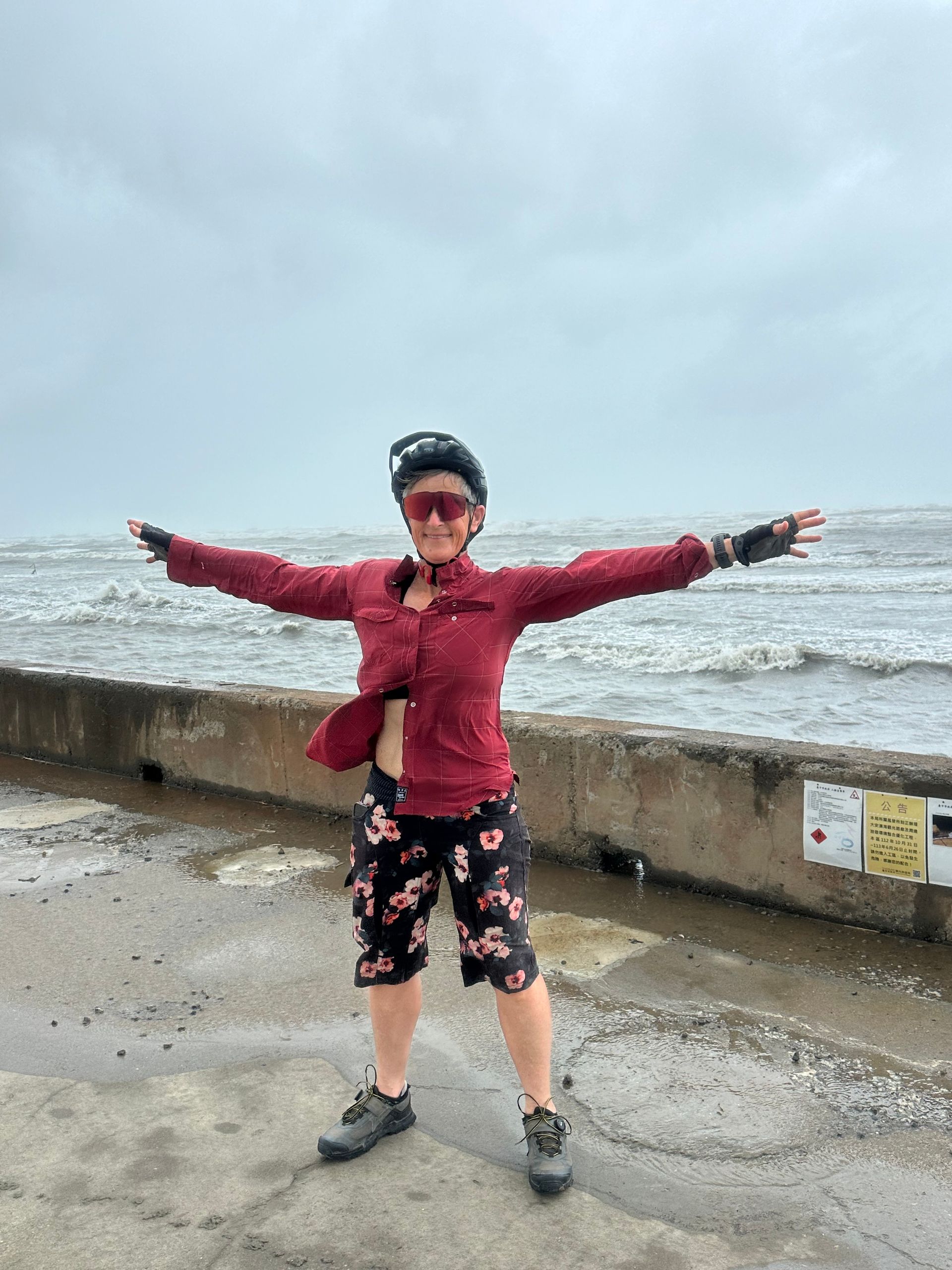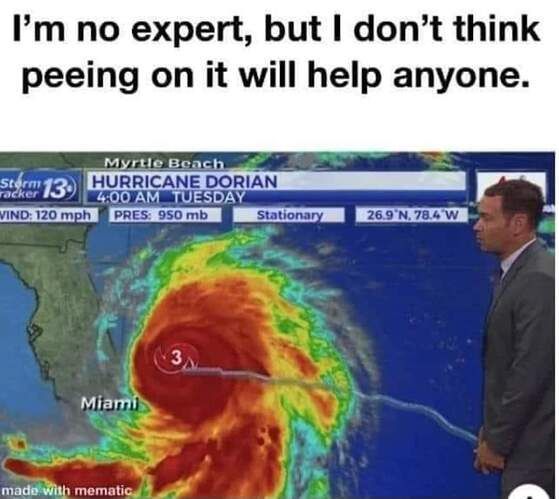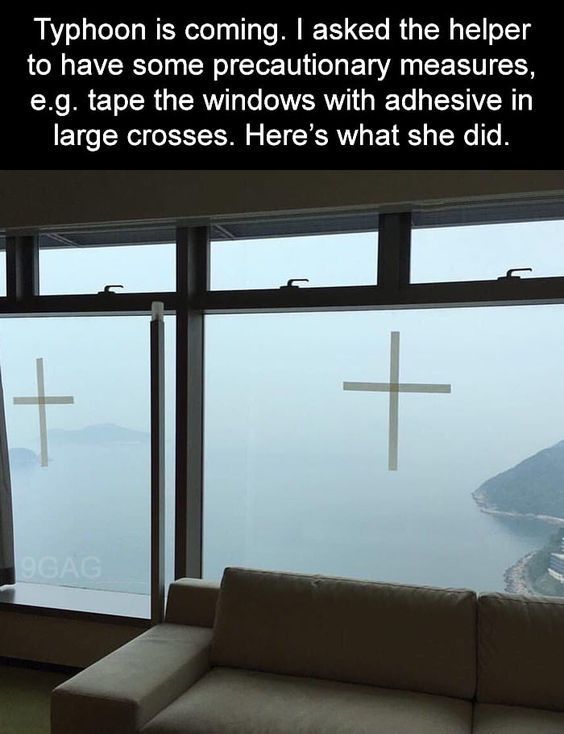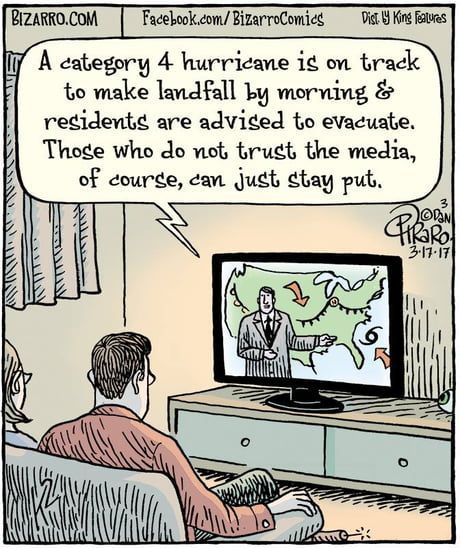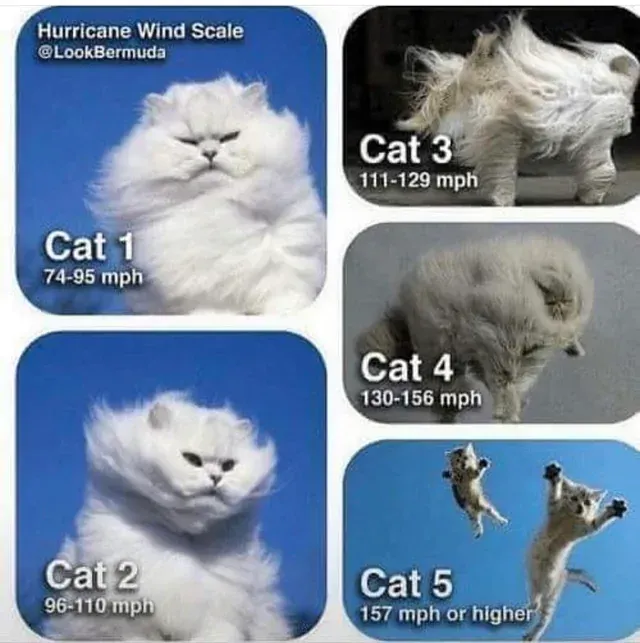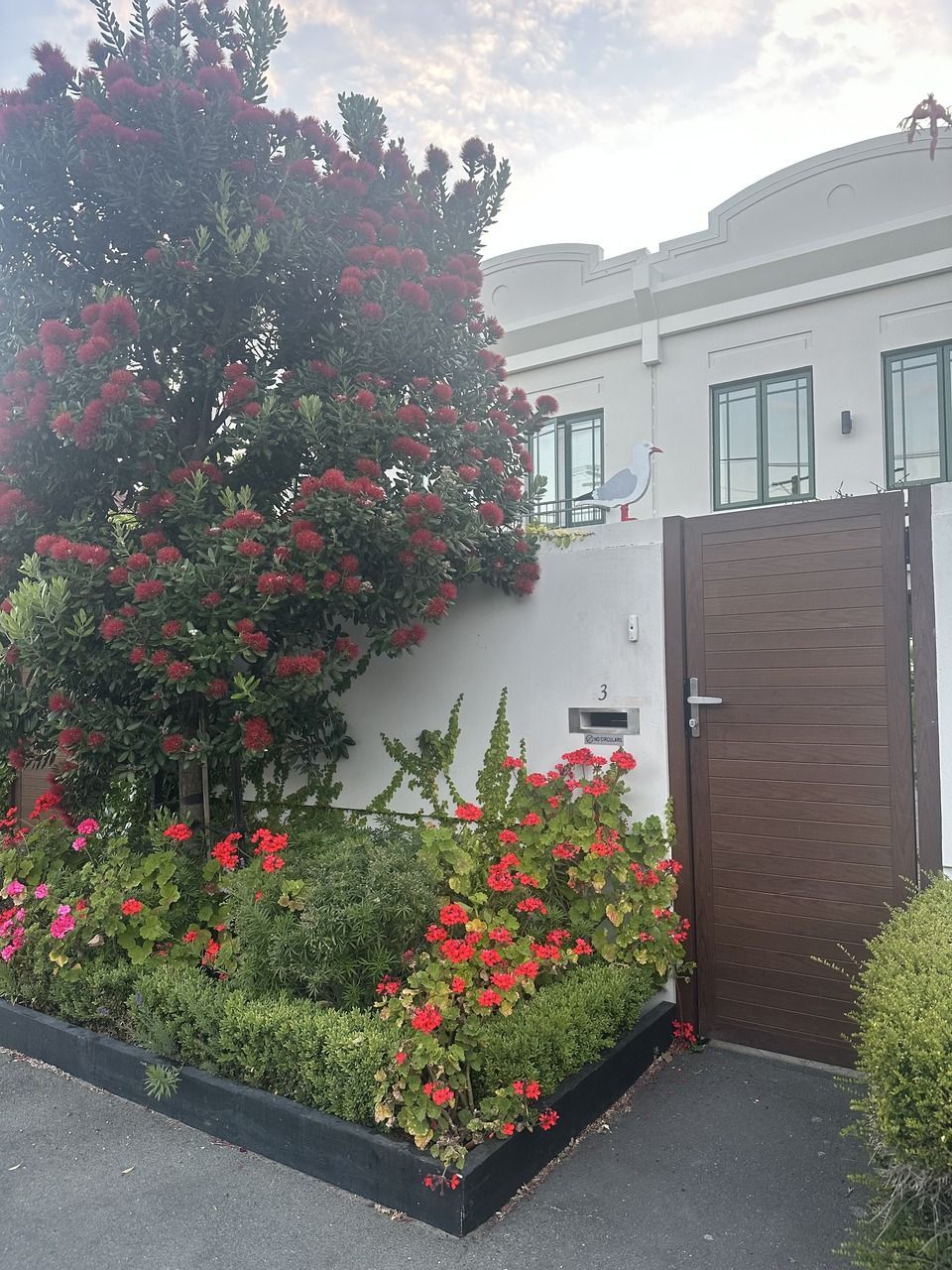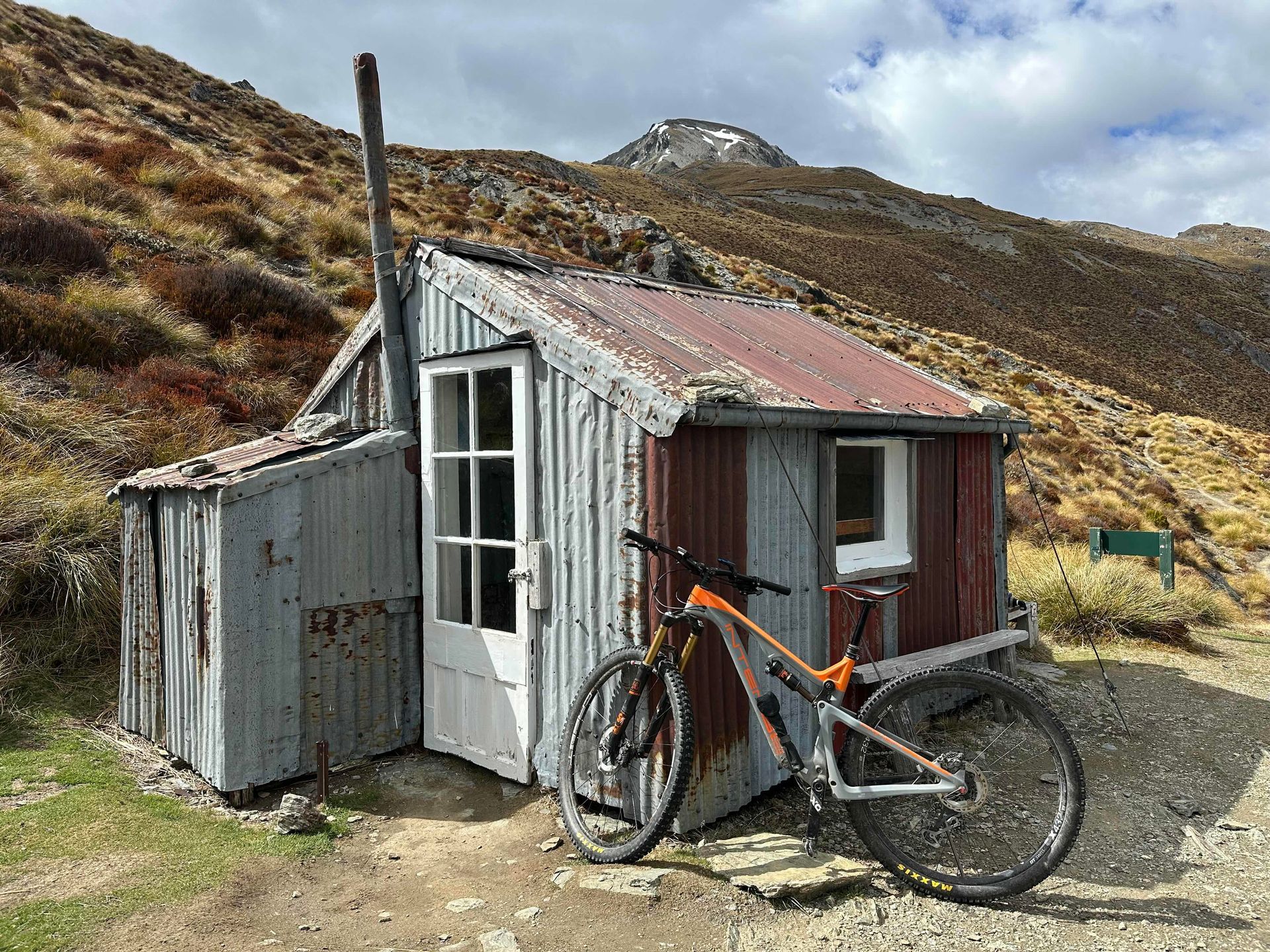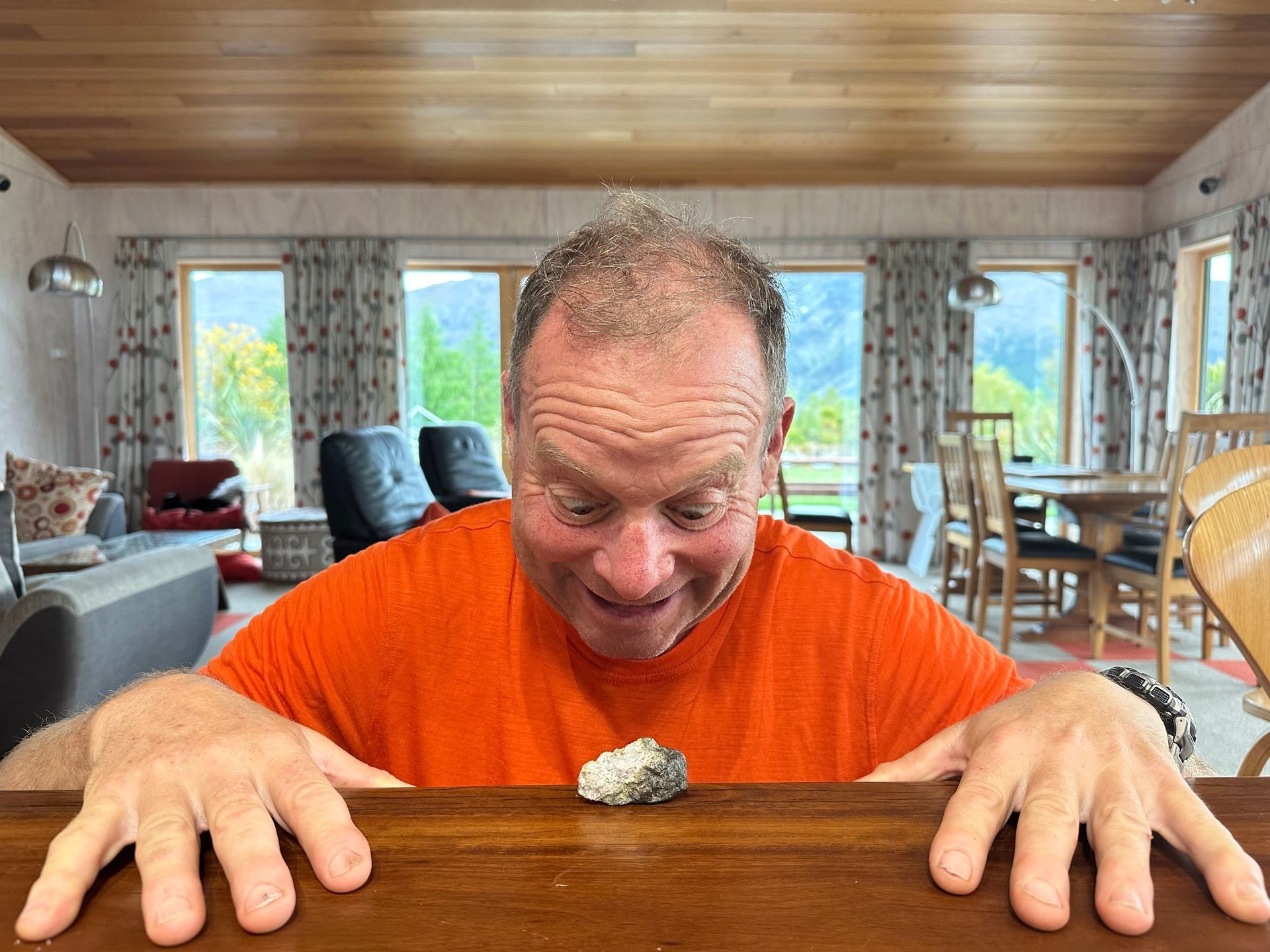Hurry Up and Wait

Time for a typhoon? Prepare with a coffee! In Taiwan, they are half the price of New Zealand coffees and are very good.
As we prepared to leave New Zealand for Taiwan on a Friday, a low pressure zone in the Sea of Japan was starting to cause concern. Actually, there were two significant low pressure zones, but Typhoon Gaebi was already headed for Japan, not Taiwan. Super Typhoon Julian had hit the Philippines, affected >100,000 people with peak rainfall of >700mm, then decreased in intensity and lost its typhoon status (typhoon status requires winds of >119km/hr), turning into a tropical depression again.
Typhoons form when there are hot sea surface temperatures. Moisture evaporates from the sea, creating warm humid air which rises, leaving an area of low pressure into which air from high pressure zones moves. Typhoons (the named used in the northwest Pacific ocean) are the same thing as hurricanes (in the north Atlantic and northeast Pacific oceans) and cyclones (in the southern hemisphere). The reason all these atmospheric events spin is the Coriolis effect – the force created by Earth's rotation which deflects moving objects right in the northern hemisphere and left in the southern hemisphere. The Coriolis force pushes the air, resulting in an anticlockwise spin in the northern hemisphere (typhoons and hurricanes) and clockwise spin in the southern hemisphere (cyclones).
Typhoons are most likely not increasing in frequency with climate change (in fact they may be becoming less frequent) but they are increasing in intensity as ocean temperatures rise. Warmer temperatures mean air can hold more moisture. The sea temperature around Taiwan was 2-3 degrees Celsius warmer than normal this year.
When we took off from New Zealand, the potential typhoon was a concern, but not a great one. However, by the time we landed in Taipei on Saturday, Typhoon Krathon (krathon is cotton fruit) had been named and the forecast was for torrential rain on the east coast and in the Taipei region as the weather event was predicted to travel up the east side of Taiwan.
We did some rapid rethinking. We had planned to cycle from Taipei into the mountains and then to the east coast. A bad idea in the face of a typhoon. We changed to cycling down the west coast in the first instance, to get away from northern Taiwan which would be affected.
We cycled rapidly south for two days with strong tail winds created by Krathon speeding up air movement between Taiwan and China (in the Taiwan Strait). Temperatures were called 'unbearable' in the weather forecast (we agreed). Our relief at escaping Taipei diminished as the projected path of Krathon changed. New reports showed it heading straight for us on the west coast – a very unusual track for a typhoon (the last typhoon to hit the highly populated west coast rather than the lightly populated east coast was Thelma in 1977). On Tuesday night, we booked a room in a hotel in Dajia for two nights – away from the coast and storm surges but not too close to the mountain spine running down the country, where there might be catastrophic rain.
How worried should we be? International media was forecasting dire effects of Krathon when it landed in Taiwan, most likely on Wednesday. It wasn't only the media who were concerned. The Taiwanese government declared a national typhoon holiday on Wednesday – no one had to go to work or school, domestic flights were cancelled and most international flights were also cancelled.
On Tuesday night and Wednesday morning we doomscrolled news reports and the Taiwanese weather forecasting website. Krathon was coming, but ever more slowly. It would hit later on Wednesday. We debated cycling for the first part of Wednesday but it seemed frivolous to cycle tour when the government had declared a typhoon holiday. However, there's only so long you can sit around waiting for typhoons drinking coffee, or eating spring onion pancakes rolled up with egg, or deep fried mushrooms. So we headed 5km northwest to have a look at the coast, which was much more exciting, from a weather perspective, than Dajia town. The wind was entertainingly strong and there were weird sculptures to see.
The wind on wind turbine blades sounded eery as did the roar of the waves building on the shore. But would they have sounded eery if there wasn't a typhoon forecast? We cycled along the sea-wall in the gusts and felt moderately intrepid – there was a marked lack of other cyclists.
By late Wednesday afternoon, Krathon was forecast to hit the southern city of Kaohsiung at night – it was travelling at walking speed. Media reports were increasingly hyped – 'Taiwan braced for impact'. 'Taiwan shuts down for Typhoon Krathon, bringing torrential rain.' 'Two dead and thousands evacuated.' One person had died falling out of a tree on the east coast. We wondered what they were doing in a tree if there were extremely strong winds. Another person had died from driving into rocks; the articles did say it wasn't clear if the rocks were related to the typhoon.
Were the reports scratching at the bottom of the news barrel? We were struggling to decide how bad it might or might not be. I wrote to a friend who inquired about our welfare, "The typhoon is very slow and ANNOYING."
The forecast typhoon began to feel boring. How long would we be waiting to see if it happened? It was like being a child driving past the fire danger signs and wanting them to read 'Extreme'. What's exciting about 'Low' danger?
While the government HAD declared a second day of typhoon leave, people in Dajia didn't seem concerned. There was still plenty of commerce on the gusty streets – a good thing as we hadn't stocked up on food. We asked the hotel front desk if we should buy food in case supermarkets closed. The woman looked surprised and said the 7-11 would always be open.
We woke early on Thursday to check the forecast; Krathon still hadn't reached land. News reports said, 'Krathon weakening but slow pace to extend its impact.' 'Land warning extended up to Miaoli County' (the country we were in). However, the Windy weather forecast showed Krathon reaching land mid-morning, then dissipating. We opted to cycle on.
As things turned out, on Thursday we had more wonderful tail winds which sped us 110km southwards. We didn't encounter any rain. I kept checking news reports, which mentioned heavy rain and winds in Kaohsiung but slid away from any mention that their previous dire forecasts had not eventuated. I wondered if the Taiwanese were phlegmatic about the typhoon forecast because they have multiple false alarms each year – around sixteen weather events could form a typhoon and three to four actually turn into typhoons which affect the country. Tomorrow we will cycle through Kaohsiung – it will be interesting to see what the actual visible degree of damage there is. Reports have said containers were blown over and tourists are warned there's widespread flooding. We will get to see.
There's a balance somewhere, a hard one to strike, between being prepared and doomscrolling, between alertness and hypervigilance, between reporting on deaths not related to a typhoon and reporting on real impact. Between people believing the truth of what they read and hear and people thinking all media is fake.
There's a Chinese fable called 'The Tricking of the Lords', about King You of Zhou (pronounced Yo of Joe). King You's favourite concubine, Bao Si, was always sad. To make her laugh, an official suggested they trick the lords who supported the king by sending troops when the kingdom was under threat. The signal to send troups was lighting of beacons. The beacons were lit, the lords sent their troops, only to find some music playing. Bao Si smiled, which left the king happy but the lords were very angry. When the beacons were next lit because the king was being attacked, the lords ignored the beacons because they thought they were being tricked again. As a result, You was defeated.
The Chinese fable parallels Aesop's 'The Boy Who Cried Wolf' but 'You of Zhou' was supposedly written a hundred years earlier. Humans have been wrestling with the wolf issue for at least 2700 years...we might not solve it any time soon.
If you would like to see more about cycle touring in Taiwan, have a look at my blog on TrackMyTour.
